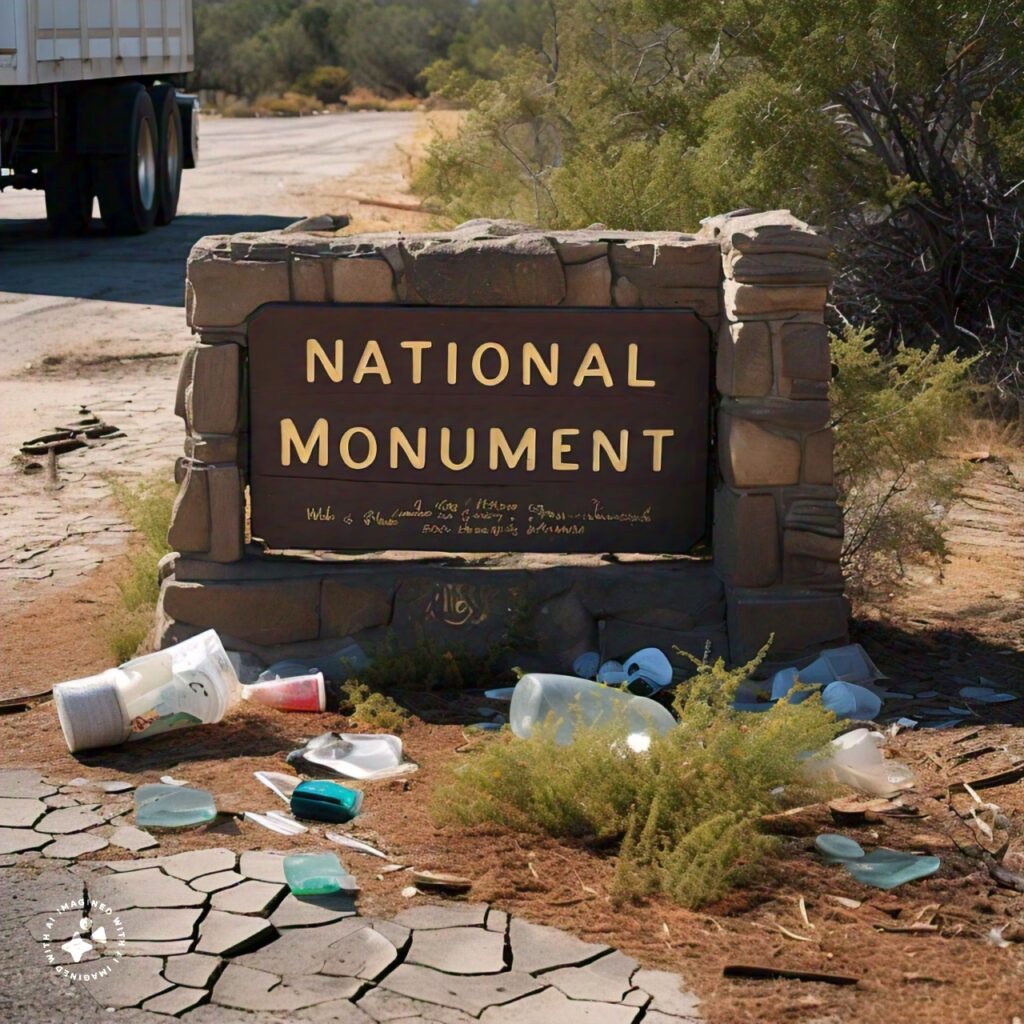According to the High Country News an obscure provision in two environmental laws is the weapon of choice in a bureaucratic Sagebrush Rebellion.
 Suzy Foss became a Ravalli County, Montana, commissioner during the 2010 Tea Party wave. Sixty-five with a Sarah Palin vibe — stylish glasses, brown hair and bangs — Foss raises Arabian horses and border collies on a ranch abutting the Bitterroot National Forest, which takes up three-quarters of the county. Foss blames the federal government for the post-’90s local decline of timber sales and grazing permits, as well as the rise of wildfires and wolves, and says locals deserve more power over land management. “This is brought on us by people who mean well, but they’ve killed the forests of America,” Foss says. “They’ve murdered them as deliberately as if I took a machine gun out and went and shot someone in a crowded mall.”
Suzy Foss became a Ravalli County, Montana, commissioner during the 2010 Tea Party wave. Sixty-five with a Sarah Palin vibe — stylish glasses, brown hair and bangs — Foss raises Arabian horses and border collies on a ranch abutting the Bitterroot National Forest, which takes up three-quarters of the county. Foss blames the federal government for the post-’90s local decline of timber sales and grazing permits, as well as the rise of wildfires and wolves, and says locals deserve more power over land management. “This is brought on us by people who mean well, but they’ve killed the forests of America,” Foss says. “They’ve murdered them as deliberately as if I took a machine gun out and went and shot someone in a crowded mall.”
 So in 2011, Foss asked American Stewards of Liberty for help. The Texas-based nonprofit trains local governments to use “coordination,” an often-overlooked provision in two key environmental laws that govern land management: the Federal Land Policy and Management Act and the National Forest Management Act. FLPMA specifically directs the Bureau of Land Management to “coordinate the land use inventory, planning, and management activities” with states, local governments and tribes as well as with their own management programs to “provide for meaningful public involvement” when developing rules and plans. The National Forest Management Act includes similar language for the Forest Service.
So in 2011, Foss asked American Stewards of Liberty for help. The Texas-based nonprofit trains local governments to use “coordination,” an often-overlooked provision in two key environmental laws that govern land management: the Federal Land Policy and Management Act and the National Forest Management Act. FLPMA specifically directs the Bureau of Land Management to “coordinate the land use inventory, planning, and management activities” with states, local governments and tribes as well as with their own management programs to “provide for meaningful public involvement” when developing rules and plans. The National Forest Management Act includes similar language for the Forest Service.
According to American Stewards Executive Director Margaret Byfield, coordination means that federal agencies must involve counties and states in planning and give them an “equal position at the negotiating table” for decision-making. “It is,” she says, “pretty straightforward.” The nonprofit says over 100 local governments have invoked coordination to fight land-use restrictions since 2006.
 Many groups, including environmentalists, try to influence land management with scientific research and alternative management proposals, but policy experts say that the coordination movement has a distinctly anti-federal government flavor — a Sagebrush Rebellion in bureaucratic clothing, with links to state efforts to take over federal lands. Coordination proponents are “essentially arguing a county would have veto authority on federal land decisions,” says Martin Nie, director of the Bolle Center for People and Forests at the University of Montana. And federal officials, who interpret “coordination” very differently, fear it’s stoking more conflicts than it resolves by misinforming locals.
Many groups, including environmentalists, try to influence land management with scientific research and alternative management proposals, but policy experts say that the coordination movement has a distinctly anti-federal government flavor — a Sagebrush Rebellion in bureaucratic clothing, with links to state efforts to take over federal lands. Coordination proponents are “essentially arguing a county would have veto authority on federal land decisions,” says Martin Nie, director of the Bolle Center for People and Forests at the University of Montana. And federal officials, who interpret “coordination” very differently, fear it’s stoking more conflicts than it resolves by misinforming locals.




Has anyone ever heard whether Utah has looked into this option?
Utah would need a different brand of political leadership to ever take this seriously. Don’t forget the federal government is Utah’s biggest source of income. Got to be pretty careful about bucking the hand that feeds you.
It seems that there would be a lot of support from at least the southern half of the state for something like this. Maybe if this information was more well known and understood, they could begin to put pressure on those in SL who seem to have a deaf ear to any type of common sense.